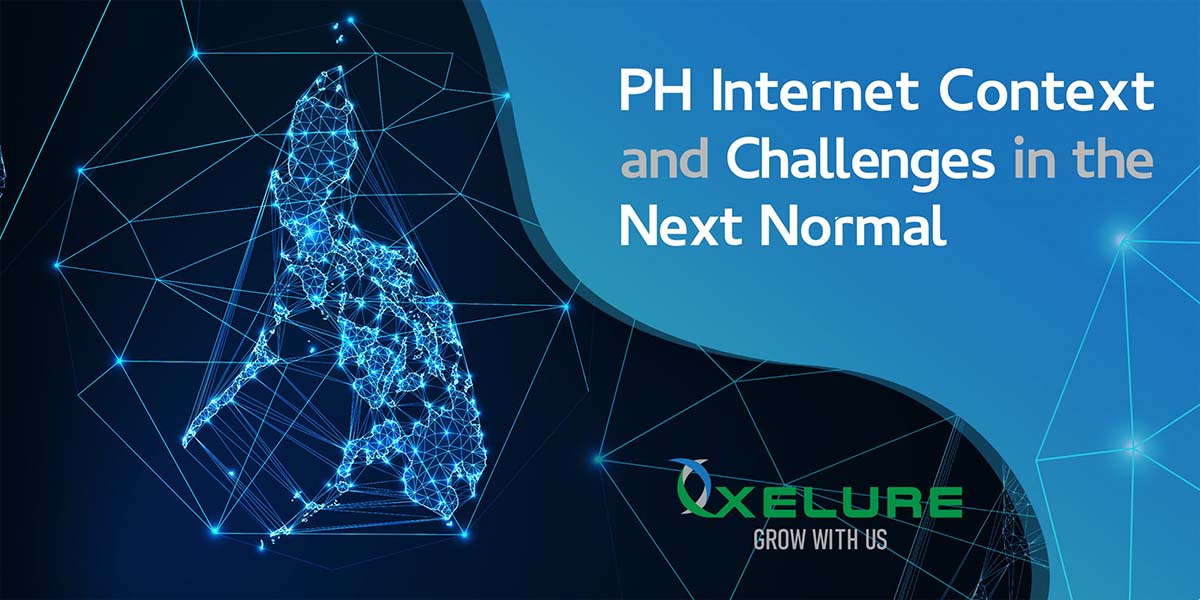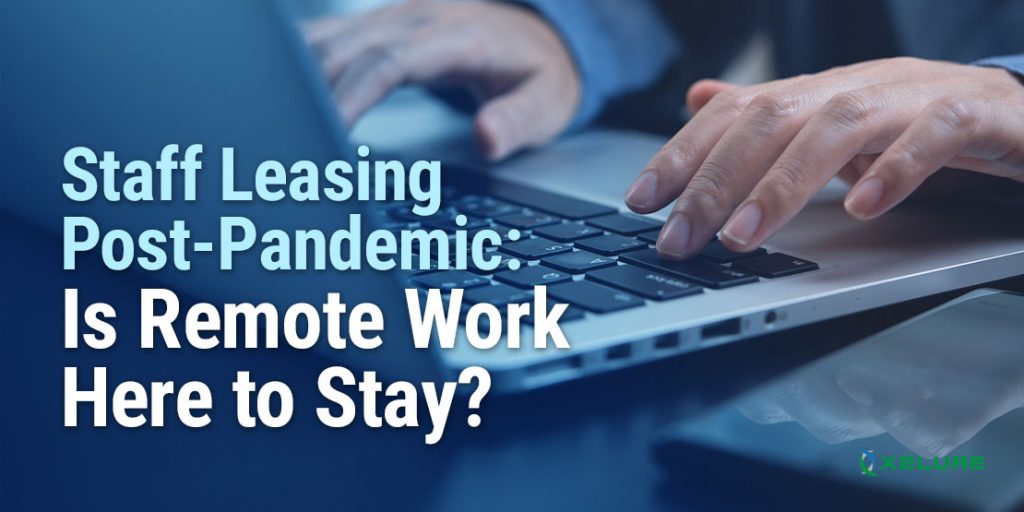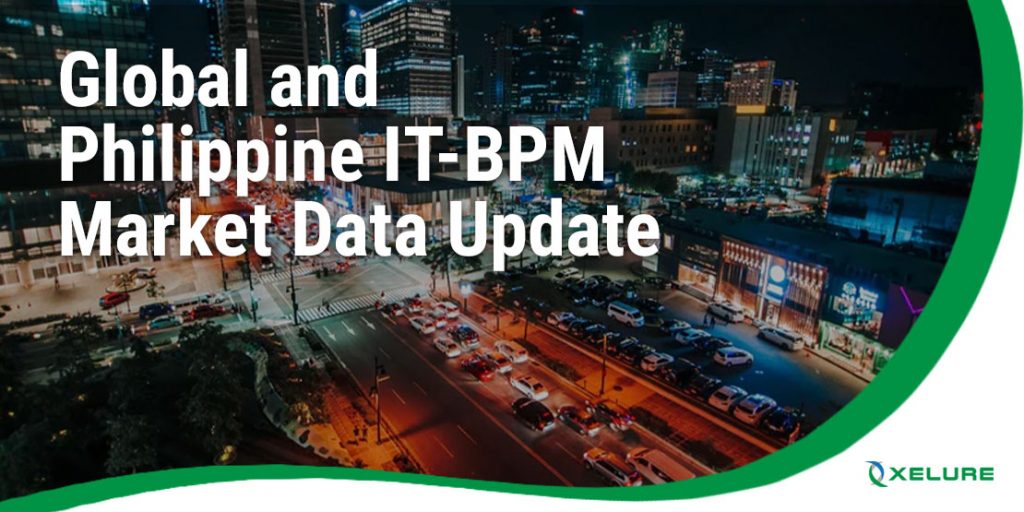To understand the evolution of the internet in Philippines you first must understand how people are connected to the internet. The Philippines saw a dramatic rise of internet users from 23 million in 2010 to 73 million in 2020. Most of these users’ report accessing the internet via their mobile devices. Like most Asian and European countries, the mobile data network was the primary communication platform in contrast to the United States where a physical telecommunication infrastructure has been continually upgraded since WWII. Note this left them a little behind at the turn of the century in mobile communications. Anyone setting up shop in the Philippines quickly saw the communication gap between the fiber networks that were replacing old copper networks to the lower speed broadband internet that was available in the major cities. In fact, connectivity was the one area where cost of doing business in the Philippines was greater than the major financial cities such as New York, London, and Tokyo. Until recently this remained to be true!
Making PH Businesses Pandemic-Proof
The year 2018 saw the official entry of Converge ICT Solutions, Inc. into the telco industry dominated by the duopoly of the Philippine standards Globe and PLDT. Little did anyone know this third entry into this space would be exactly what the country needs to rise to the occasion just 18 months later when the COVID-19 Pandemic saw people around the globe forced to enter the work from home workforce or not work at all.
Along with Eastern Telecommunications Philippines, Inc., these service providers initially started by targeting residential areas beyond the coverage of traditional big players PLDT and Globe and eventually gained a strong presence in strategic business districts like Makati and Ortigas. Data suggests that in 2016 52.6% of households already had internet access, and in early 2020, internet penetration had reached 67% with 173.2 million mobile connections or more than 1.5 times the Philippine population. Percentages are even higher in the surrounding provinces of the Philippines business districts such as Metro Manila. This was primarily mobile but the immergence of fiber networks and focus on providing residential connectivity in 2019 changed all this. As you can see Converge saw a steep rise in the number of their subscribers from year end 2019 to midyear 2020 almost double from 380,000 to 730,000. Residential internet subscriptions from Converge owing to their infrastructure was critical to pushing big players toward expanding residential connectivity.


Remote workers in the Philippines have residential telecommunications infrastructure and mobile internet at their disposal, making working from home in the Philippines not only possible but extremely competitive.
2018 now seems prophetic for the Philippines as the same year Converge joined the telco space, President Rodrigo Duterte signed the “Telecommuting Act” or R.A. 11165 into law. The law was officially made public in January of 2019, well over a year ahead of what will be a long lock-down in the Philippines. This law provides flexibility for both employers and employees to engage in telecommuting arrangements while at the same time protecting business clients’ data.
In came the tumultuous 2020 with several disaster risks that rocked the nation from the Taal eruption, several typhoons (most notable of which was Typhoon Goni which barreled through Luzon), and probably the most defining emergency of 2020—COVID-19. While the government imposed strict national and local lockdowns, President Duterte knew that the Philippine BPO and Call Center industry would not survive without connectivity to the cloud from residencies. He quicky issued a “threat” of sequestration to telco companies to offer consistent and reliable service in the time of working from home and distance learning.
In the time of the pandemic and the great lockdown, business process outsourcing and other offshoring services continued as usual in the Philippines. Many companies rested on the strong fundamentals created by competition in the telco sector, a strong government push, and an overall policy framework which facilitated working from home. Remote workers in the Philippines have residential telecommunications infrastructure and mobile internet at their disposal, making working from home in the Philippines possible and competitive. This may spell key advantage for the Philippines against countries like India, identified as not WFH friendly.
When the GCQ order was enacted on March 15 everyone in our Makati office was forced to work from home. Ex-colleagues from my NYSE days reached out and assumed we were dead in the water given what they knew of residential telecoms just a few years back… Happily I was able to tell them the good news and that we were prepared and able to perform 100% Day 1 for our clients.
Jimmy Timmins
Xelure Technologies, Inc. CEO
Now, as we look to the next normal in businesses and the way we live, the quality of internet connectivity is key in bringing new innovations to individuals and organizations alike. The Philippines may leave behind their peers as an outsourcing destination in the future digital economy.
Turnaround from Slow Speed for High Rates to Hi Speed for Low Rates!
-
1994
Philippines first connect to the internet
-
2000s
Fast development of Mobile Development introducing 1G, 2G and 3G support
-
2004
Top internet connection is 128Kbps
-
2012
The Data Privacy Act and the Cybercrime Prevention Act was introduced
-
2016
The policy environment for the country’s internet infrastructure would be changed with the introduction of the Department of Information and Communications Technology (DICT)
-
2018
The official entry of Converge ICT Solutions, Inc. into the telco industry dominated by the duopoly of the Philippine standards Globe and PLDT.
Passage of the “Telecommuting Act”. -
2019
Average download speed for fixed broadband tops 25 Mbps (July 2020)
-
2020
The average cost of broadband in the Philippines per month was at $53.71, lower than the global average cost of $78.14 in 211 countries






